Today's Top Picks

Post-Hazard Event Airport Recovery
The role airports play in the world is critical. Even a minor disruption to their operations has immediate cascading impacts, which can be familiar to anyone who has experienced a delayed departure and the dreaded “Will I make my connection?” stress that follows. However, airport disruptions create far greater economic and business operations impacts than the occasional need to catch a later flight. Cargo aviation operations provide a critical part of global trade, accounting for the movement of nearly US$7 trillion worth of goods annually. Additionally, the air transport industry supports 29 million jobs globally and billions of dollars in local economies. Meanwhile, amid the global pandemic, aviation supports critical healthcare operations, carrying doctors and specialists rapidly to areas where they are needed; epidemiological investigators to locations of emerging diseases; and medications valued at more than US$1 trillion to locations around the world. These examples emphasize the need to ensure that aviation, and its component parts – including airports – remain resilient and functional at all times.
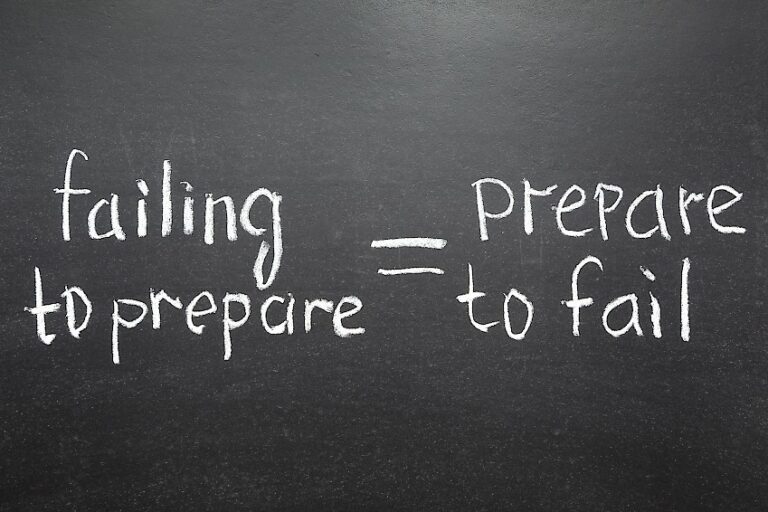
National Preparedness Failure: Hindsight Is 2020
In February 2021, the Congressional Research Service released an evaluative nonpartisan report on the National Preparedness System (NPS). This report noted problems and difficulties experienced in 2020 during the Coronavirus SARS-CoV-2 (COVID-19) pandemic. For example, lack of personal protective equipment, disorganized logistical distribution, and other issues that demand attention. In essence, the report can be interpreted as revealing the NPS’s failure. The report’s summary states, “Congress may also consider mechanisms to strengthen the development of preparedness to ensure the National Preparedness Goal can be met.”

Formalizing the Role of Intelligence & Investigation
Emergency managers need actionable intelligence before, during, and after disasters. More than just situational awareness, the collection, analysis, and sharing of intelligence can provide an incident’s response and recovery command and general staff with much needed decision-making information.
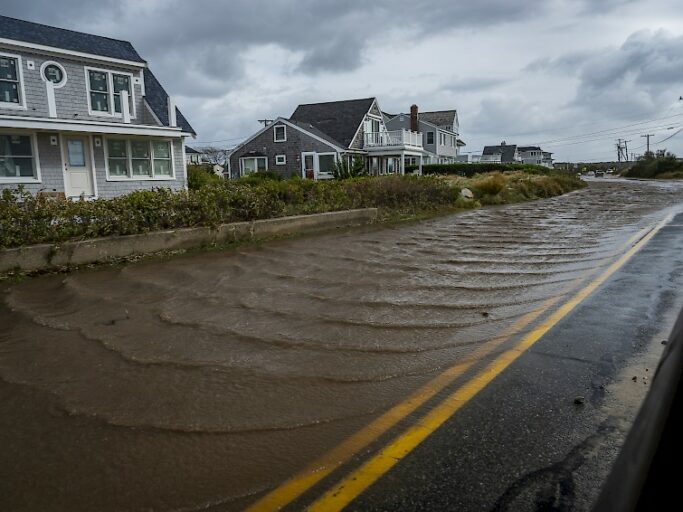
Coastlines Are Now a Moving Target – Literally
In March 2021, a Cape Cod weather station in Chatham, Massachusetts was abandoned due to coastal erosion. With much media coverage, some of the articles mentioned that the situation is likely to worsen. The fact that they associated the erosion with climate change and that it was a weather station yielding research data about the changing climate added some irony.

Public Order Policing & Volunteers
Two days into the May 2020 George Floyd riots in Minneapolis/St. Paul, Minnesota, hundreds (on the way to ~1,500) of properties were burning, with smoke visible on the horizon. Top leaders appeared on television stating that law and order were breaking down and urging calm within the community. Based on media reports, there were a few places volunteers could help. One was in watching pandemic-vacated buildings, schools, churches, and grocery stores that were being systematically firebombed and looted. This was beneficial as volunteers deployed and were able to save some buildings such as a popular local Mexican restaurant complex near St. Paul (El Burrito Mercado) and a grocery store in Minneapolis. Another way in which volunteers could help was in intelligence gathering.

Supply Chain Management During a Pandemic
Three experts present their insights and experiences on managing a supply chain during a pandemic. Areas to be discussed: TECHNOLOGY: How does technology enhance or complicate resilience and the supply chain? RELATIONSHIPS: How have relationships with customers and suppliers changed during the the pandemic? COLLABORATION: How does federal, state, local, tribal, and territorial interfaces impact preparedness vis-á-vis the supply chain?
Trending
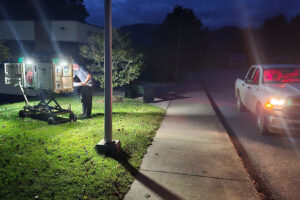 Bridging Communication Gaps: Lessons from Hurricane Helene by Greg Hauser Hurricanes in 2024 caused widespread damage to infrastructure, leading to a critical but often overlooked issue: isolation. Physical and technological…
Bridging Communication Gaps: Lessons from Hurricane Helene by Greg Hauser Hurricanes in 2024 caused widespread damage to infrastructure, leading to a critical but often overlooked issue: isolation. Physical and technological… A Systems Thinking Approach to Improving Emergency… by William Chapman “PACE” planning helps organizations fail gracefully, but systems thinking reduces the likelihood of failure altogether. Combining both approaches helps organizations…
A Systems Thinking Approach to Improving Emergency… by William Chapman “PACE” planning helps organizations fail gracefully, but systems thinking reduces the likelihood of failure altogether. Combining both approaches helps organizations… Disaster Stress Management in an Emergency Operations Center by Mary Schoenfeldt Disasters affect responders and community members, but they also bring trauma to those working inside emergency operations centers. Distance from…
Disaster Stress Management in an Emergency Operations Center by Mary Schoenfeldt Disasters affect responders and community members, but they also bring trauma to those working inside emergency operations centers. Distance from…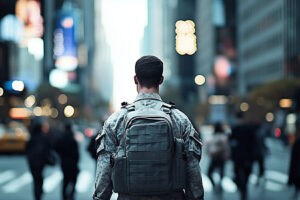 Why Emergency Management Is a Good Career for… by Mathew Perrill For many service members, the transition from the military to a civilian workforce can be challenging. They have been trained…
Why Emergency Management Is a Good Career for… by Mathew Perrill For many service members, the transition from the military to a civilian workforce can be challenging. They have been trained…Trending
 Disaster Stress Management in an Emergency Operations Center by Mary Schoenfeldt Disasters affect responders and community members, but they also bring trauma to those working inside emergency operations centers. Distance from…
Disaster Stress Management in an Emergency Operations Center by Mary Schoenfeldt Disasters affect responders and community members, but they also bring trauma to those working inside emergency operations centers. Distance from… Why Emergency Management Is a Good Career for… by Mathew Perrill For many service members, the transition from the military to a civilian workforce can be challenging. They have been trained…
Why Emergency Management Is a Good Career for… by Mathew Perrill For many service members, the transition from the military to a civilian workforce can be challenging. They have been trained… Bridging Communication Gaps: Lessons from Hurricane Helene by Greg Hauser Hurricanes in 2024 caused widespread damage to infrastructure, leading to a critical but often overlooked issue: isolation. Physical and technological…
Bridging Communication Gaps: Lessons from Hurricane Helene by Greg Hauser Hurricanes in 2024 caused widespread damage to infrastructure, leading to a critical but often overlooked issue: isolation. Physical and technological… A Systems Thinking Approach to Improving Emergency… by William Chapman “PACE” planning helps organizations fail gracefully, but systems thinking reduces the likelihood of failure altogether. Combining both approaches helps organizations…
A Systems Thinking Approach to Improving Emergency… by William Chapman “PACE” planning helps organizations fail gracefully, but systems thinking reduces the likelihood of failure altogether. Combining both approaches helps organizations…Trending
Bridging Communication Gaps: Lessons from Hurricane Helene by Greg Hauser Hurricanes in 2024 caused widespread damage to infrastructure, leading to a critical but often overlooked issue: isolation. Physical and technological…
A Systems Thinking Approach to Improving Emergency… by William Chapman “PACE” planning helps organizations fail gracefully, but systems thinking reduces the likelihood of failure altogether. Combining both approaches helps organizations…
Disaster Stress Management in an Emergency Operations Center by Mary Schoenfeldt Disasters affect responders and community members, but they also bring trauma to those working inside emergency operations centers. Distance from…
Why Emergency Management Is a Good Career for… by Mathew Perrill For many service members, the transition from the military to a civilian workforce can be challenging. They have been trained…
Domestic Preparedness Journal
Featured in this issue
- Special Units and Underutilized Resources
- Law Enforcement and Multidisciplinary Teams
- Public Order Policing Units in Disasters
- State Defense Forces in Emergency Response
- Emergency Carcass Operations
- Wildfire PREsponse: Closing the Gap With Mitigation
- Scouts and the Value of Prepared Youth
- Service Dogs: What First Responders Need to Know
- Emergency Management for Transitioning Veterans
- Podcast – Reframing Hurricane Response: Craig Fugate on Survivors as a First Line of Defense
- Podcast – Built to Serve: Chief Jeffrey J. Wittig on TIFMAS, Teamwork, and Emergency Response
Articles Out Loud

Article Out Loud – Law Enforcement Collaboration Within Multidisciplinary Teams
June 25, 2025
This is an article by Richard Schoeberl and Anthony (Tony) Mottola, an Article Out Loud from Domestic Preparedness, June 25,

Article Out Loud – State Defense Forces: The Untapped Backbone of Emergency Response
June 25, 2025
This is an article by Robert Hastings, an Article Out Loud from Domestic Preparedness, June 25, 2025. As disasters become



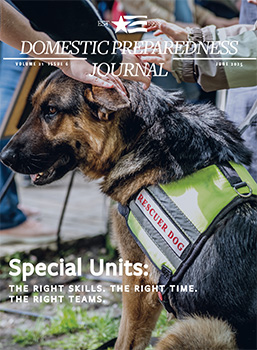

Editor’s Note – Special Units and Underutilized Resources